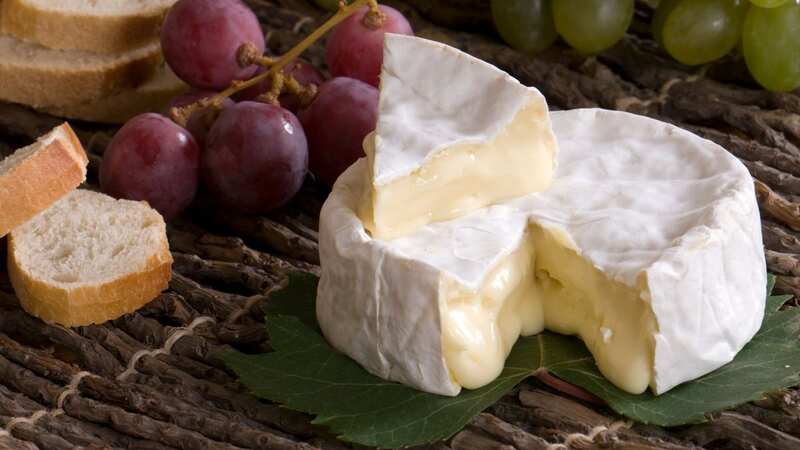Camembert cheese 'on verge of extinction' because it's no longer mouldy enough

Camembert, brie and Roquefort could all disappear from our cheese boards due to a decline in mould.
The National Centre for Scientific Research (CNRS) has warned that the fungus used to make the popular dairy delicacies is at risk of dying out entirely. A decades-old movement to make camembert using a standard white rind has proven harmful to the longevity of the fungus, and several of the UK's favourite cheeses are now at risk.
Blue cheeses and surface-ripened varieties are both made by inoculating the curd with either penicillium roqueforti or penicillium camemberti. The former produces the famous blue spores of Roquefort while the latter gives camembert and brie their distinctive rind texture.
In the 1950s, manufacturers began to opt for cloned strains rather than the naturally occurring fungi, which grew faster and produced a more uniform cheese. Normandy cheesemakers chose an albino strain of penicillium camemberti to keep the rind white, and brie producers south of Paris did the same.
“But what happened, as it does every time an organism large or small is subjected to overly drastic selection, is that their genetic diversity has been greatly reduced,” researcher Jeanne Ropars from Paris-Saclay University told the Times. “Working with micro-organisms, the cheesemakers didn’t realise that they had selected a single individual, which is not sustainable over the long term.”
 Dr Michael Mosley shares exercise that can cut cholesterol and blood pressure
Dr Michael Mosley shares exercise that can cut cholesterol and blood pressure
While the micro-organisms in cheese can reproduce both sexually and asexually, the food industry has come to rely on the asexual method of "producing clonal lineages to perpetuate the moulds”. This results in cheese with a very uniform appearance and taste, but the strain of the fungus is negatively affected.
The CNRS report added: “Blue cheeses may be under threat, but the situation is much worse for camembert, which is already on the verge of extinction.”
Penicillium camemberti has not only lost its sexual reproduction capacity but also “its ability to produce asexual spores. As a result, it is now very difficult for the entire industry to obtain enough spores to inoculate their production.”
The CNRS summarised: “If cheese lovers want to keep enjoying these products, they will have to learn to appreciate greater diversity in flavour, colour and texture.”
Read more similar news:
Comments:
comments powered by Disqus
































